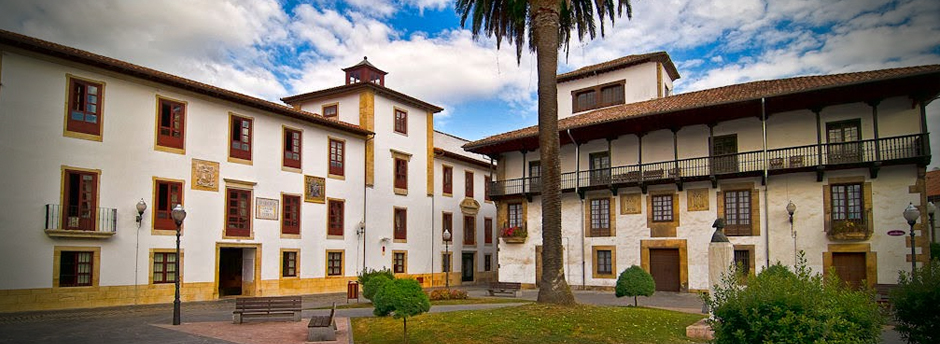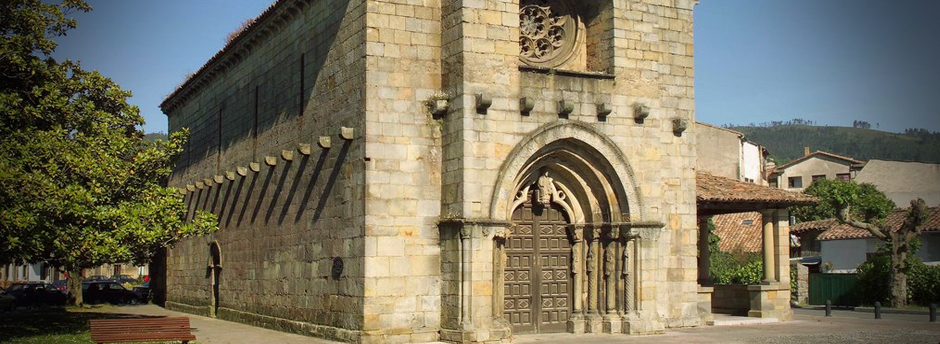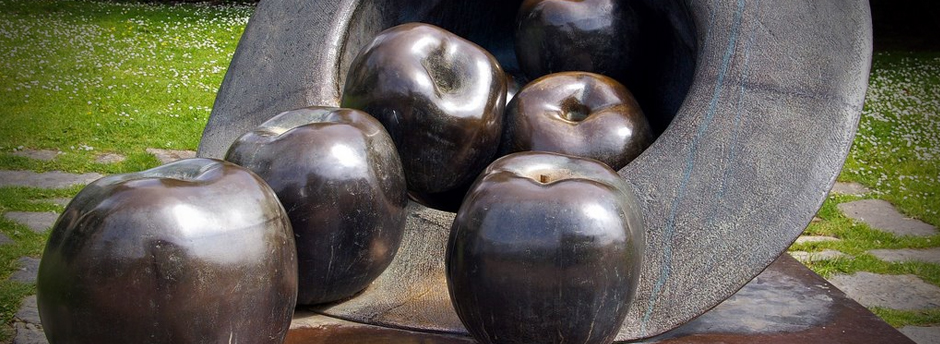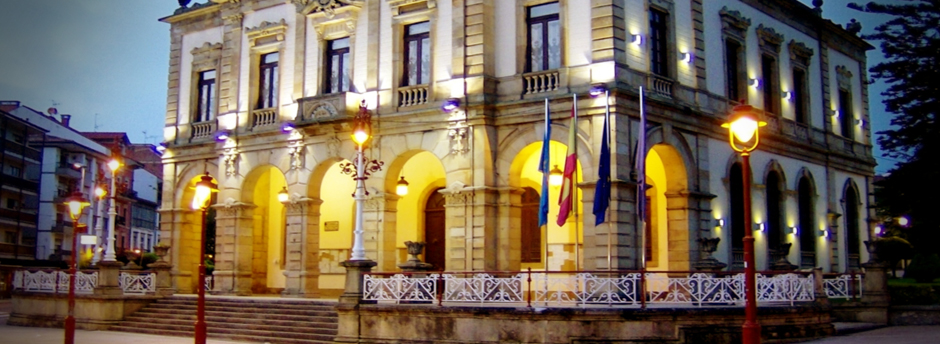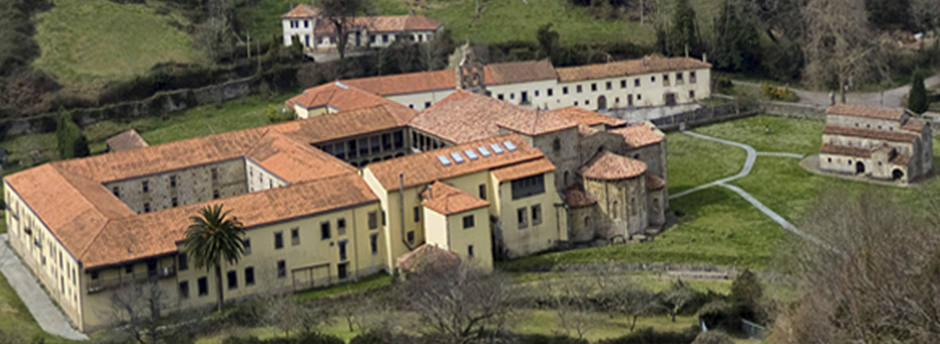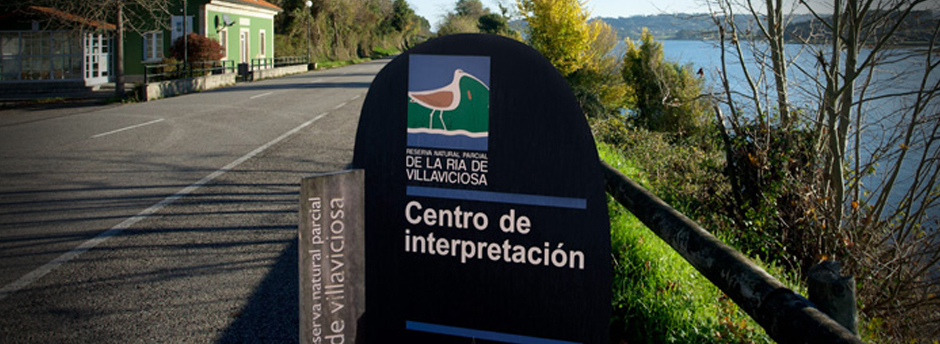Villaviciosa
5 Km by car Interest Area
Apple orchards and cider, vegetable garden and sea, Rodiles and Tazones, Romanesque in Amandi and Pre-Romanesque in Valdediós, the historic center of Villaviciosa, surfing, fishing and birds in the largest estuary of Asturias ... All this and more is Villaviciosa, in Spain.
The meaning of its name is linked to the concept of fertility, and the fact is that this town lives up to the etymology of its name. Fertile land, watered by the largest estuary of Asturias, Villaviciosa is space for apple orchards which held every two years through its Apple Festival, declared of Regional Tourist interest.
It is also a tasty orchard of 'fabes', good cider and the quality of its fish is legendary. In the historic port of Tazones - in which landed Carlos V when he stepped on Spanish soil for the first time – the best seafood and fish of Bay of Biscay are tasted in a fishing port atmosphere with its “hanging” houses over the sea which give to the place a romantic and hidden air.
The city council, Villaviciosa, embrace one of the oldest Holy Week of Asturias. With an splendid old town, where you can see ancient palaces and centenary houses. This town has interesting examples of Romanesque, like Santa María de la Oliva, San Juan de Amandi or Santa Maria de Lugás, and Pre-Romanesque like San Salvador de Valdediós, an impressive set of church and monastery. Among the natural beauties highlights the estuary where it is common to see practice canoeing, a great tradition in this area, and where you can also practice all kinds of water sports based in the port of El Puntal, as well as bird watching and observation of biodiversity. A tour of the river leads to the boarding pontoons Cider Factory “El Gaitero”, one of the oldest in Asturias and along with many other wineries (llagares) in the the municipality is visitable. Rodiles beach - surf icon - Sietes village with its old barns, or Camino de Santiago, are other attractions for tourists who visit this cider’s region.


